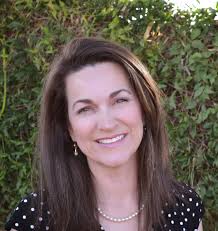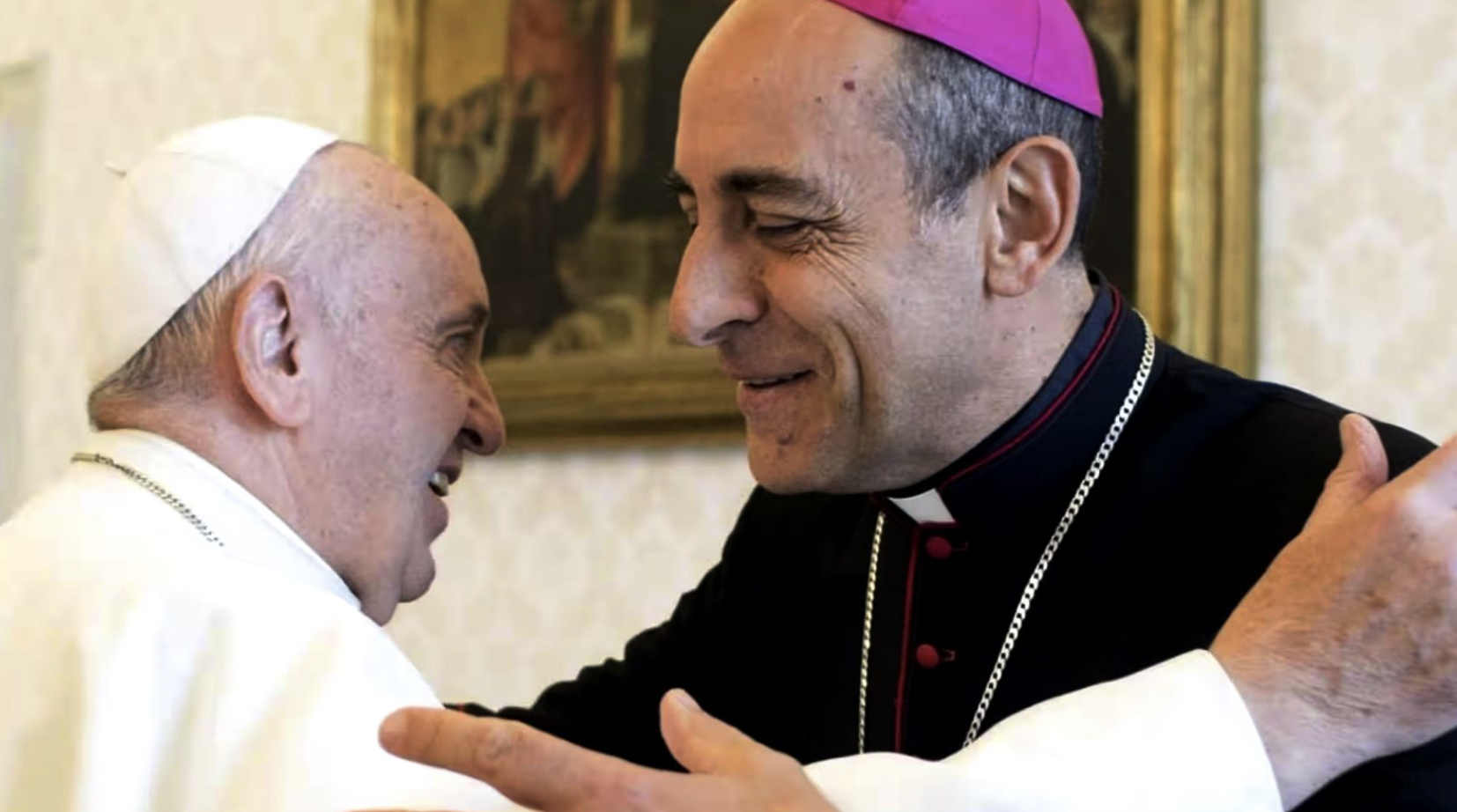Who is causing the division in the Church?
Image from OnePeterFive.com
Wow!
With permission, I am reposting my friend Phil Lawler’s recent piece at catholicculture.org in its entirety. With regard to post-Vatican II liturgy and liturgical abuse, Phil brilliantly lays out the thought process and path of conservative Catholics over the past several decades. In doing so, he uncannily captured my own experience and understanding over the last 27 years (since the time of my reversion), and I am grateful.
His article is entitled “The backward logic of Traditionis Custodes,” and he illustrates clearly that the division in the Church decried by Pope Francis is not coming from traditionalism/traditionalists; quite the opposite.
I will state again, for the record: I do not attend the Traditional Latin Mass (TLM). My parish is home to a reverent Novus Ordo, as is the parish just down the street (check this out!). Many of my friends, once Novus Ordo attendees, have migrated to the TLM. I support them, and I support the TLM. I feel the pull toward tradition more strongly than ever.
Meanwhile, I give you Phil Lawler, who speaks for so many of us…
__________________________
Insofar as Traditionis Custodes provides any explanation for its open hostility toward Catholic traditionalists, that explanation lies in the claim that traditionalist communities have caused divisions within the Church. Therefore, Pope Francis suggests (and the Congregation for Divine Worship even more sternly insists) traditionalism must be suppressed.
That logic is backward. It was not the traditionalist movement—much less the traditional liturgy—that exacerbated divisions within Catholicism. It was the current Vatican leadership—the very leadership that is now looking for a scapegoat to blame.
For several decades after Vatican II, Catholics who might, for want of a better term, be classified as “conservative”—and I include myself among them—looked askance at traditionalists. Even The Wanderer, a newspaper never associated with liberalism, viewed the Trads as too negative. We defended the Novus Ordo liturgy, trusting that all would be well once the excesses of the 1970s, which were certainly not authorized by the Vatican Council—were eliminated. We balked at the notion that the Council itself had introduced problems; it was, we firmly believed, the deliberate misinterpretation of the Council that had plunged the Church into chaos.
Above all, we “conservative” Catholics longed and worked and prayed for the “reform of the reform” in the liturgy. We firmly believed that, once the fads and novelties and outright abuses were corrected, we could restore reverence and dignity to the Mass. We imagined—and if we were fortunate, occasionally encountered—a Mass actually celebrated according to the guidelines laid out by Sacrosanctum Concllium, and we found it beautiful.
Still, through all those years, the liturgy that we experienced in ordinary parishes did not improve. The abuses were not corrected; the novelties continued to proliferate. We could usually find a parish where the liturgy was celebrated more or less properly, but that situation could change overnight with the arrival of a new pastor or a directive from the diocesan liturgy czar. When we traveled, we entered an unfamiliar church with great trepidation, never knowing what sort of Mass we would find.
Alongside the deterioration of the liturgy, we saw the collapse of orthodox Catholic teaching, the flight from Church moral standards, and the exodus (especially of young people) from the pews. All these disasters occurred after Vatican II. But they were not, we repeated, caused by the Council. The misinterpretation of the Council was to blame.
Thank God we could look to Rome for leadership, for orthodox teaching, for inspiration. Pope John Paul II and then Pope Benedict XVI gave us abundant indications that the Church had not changed in any essentials. Unfortunately, at the parish level, things did not notably improve. The liturgy was sloppy, the catechesis sloppier; the young people continued to drift away. We waited, and hoped, and prayed for the time when all that clear papal teaching would filter down to the local churches. As indeed it must, we felt sure, because wasn’t the Pope the final authority on what the Council taught, and what the Church teaches?
And then came Pope Francis.
Slowly at first, and then at a frightening accelerated pace, the Pope undermined our confidence in papal authority. Again and again he threw his support toward liberal views and causes that we had dismissed as misinterpretations of Vatican II. The Pope showed no interest whatsoever in restoring reverence to the Catholic liturgy; in fact he regularly mocked those who did. The “reform of the reform” was dead in the water.
Pope Benedict had persuaded us that we should read the Council with a “hermeneutic of continuity,” realizing that the teachings of the Church in the 1960s must necessarily be compatible with her teachings in the 1660s or the 560s. But now a new Pope was telling us, in unmistakably clear language, that there had been a break in continuity—just as, he now proclaims, there has been a radical break in the Church’s liturgical tradition.
We could no longer simply reject these arguments, when they came from the Sovereign Pontiff. We had to take them seriously, and ask: Was there really a radical discontinuity between pre-conciliar and post-conciliar Catholicism? Because if there was, then we would be forced to ask a second serious question: Had the Church veered off the authentic Catholic tradition? Or to put it differently, were there some aspects of the Council’s teachings that required at least clarification, if not outright correction?
So we asked these questions—which our traditionalist friends had been asking for years already. The answers drove us still further toward the Trads. We could not ignore that, whatever our past differences, the Trads held the same fundamental beliefs that we cherished—the same beliefs that were now everywhere under attack. We could not ignore that traditionalist communities were growing, at a time when parishes were shrinking and dioceses were “restructuring” by closing the doors of vacated churches. Above all we could not ignore that the Traditional Latin Mass was celebrated with reverence, and conveyed the rich heritage of our faith.
Within the past week I have spoken with a half-dozen other Catholics who, like me, have begun regularly attending the Traditional Latin Mass. In every case, their movement toward the TLM began during the current pontificate. We did not move toward traditionalism because the Trads attacked the Pope; it would be far more accurate to say that we moved in that direction because the Pope attacked us.
If the Vatican is looking for an explanation of the heightened divisions within the Church, and particularly for the latest escalation of the “liturgy wars,” the search should begin, alas, on Peter’s Throne. And the divisions will not be healed by the Vatican’s undeclared war on traditionalism.
____________________________________
Thank you, Phil Lawler!
P.S. I am honored that my July blog post was republished in an anthology of responses to the pope’s motu proprio: From Benedict’s Peace to Francis’s War: Catholics Respond to the Motu Proprio Traditionis Custodes on the Latin Mass, edited by Peter Kwasniewski.







